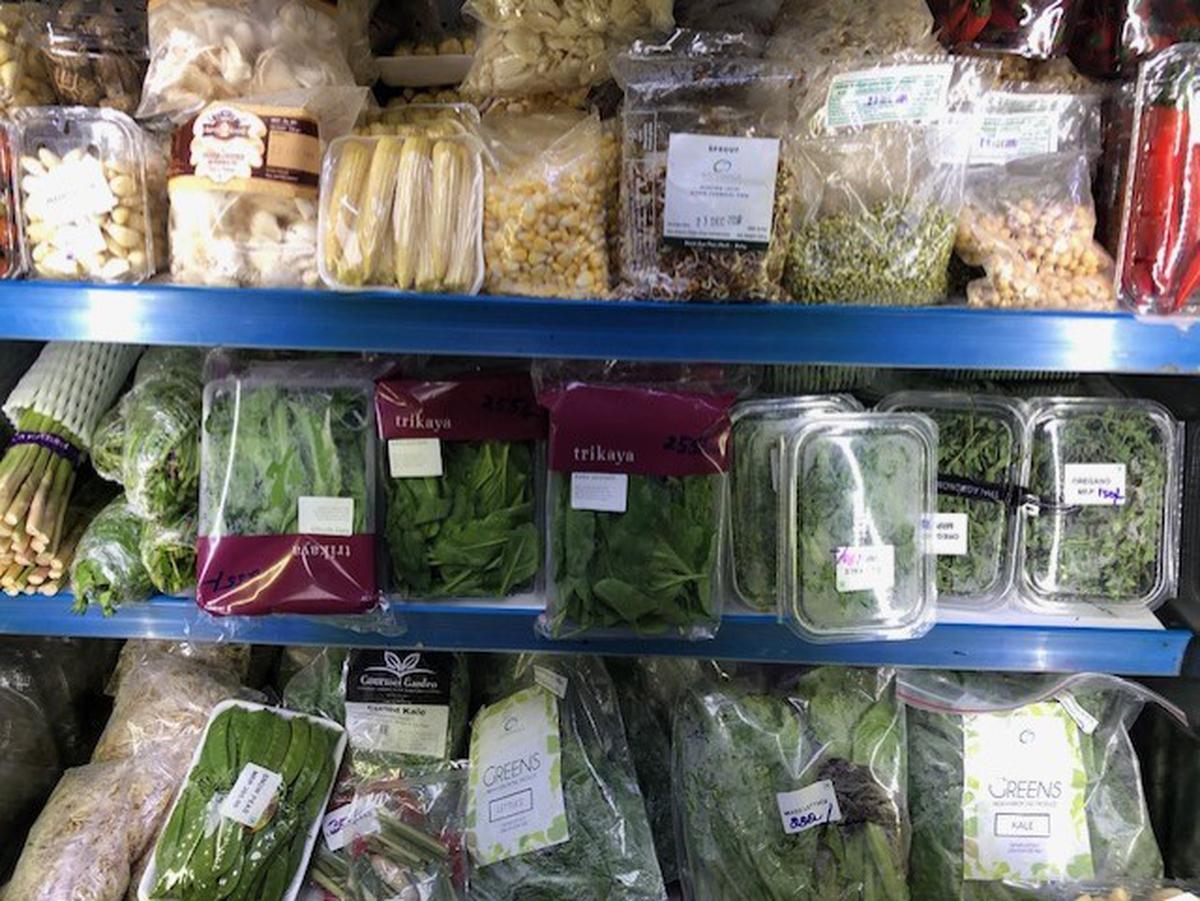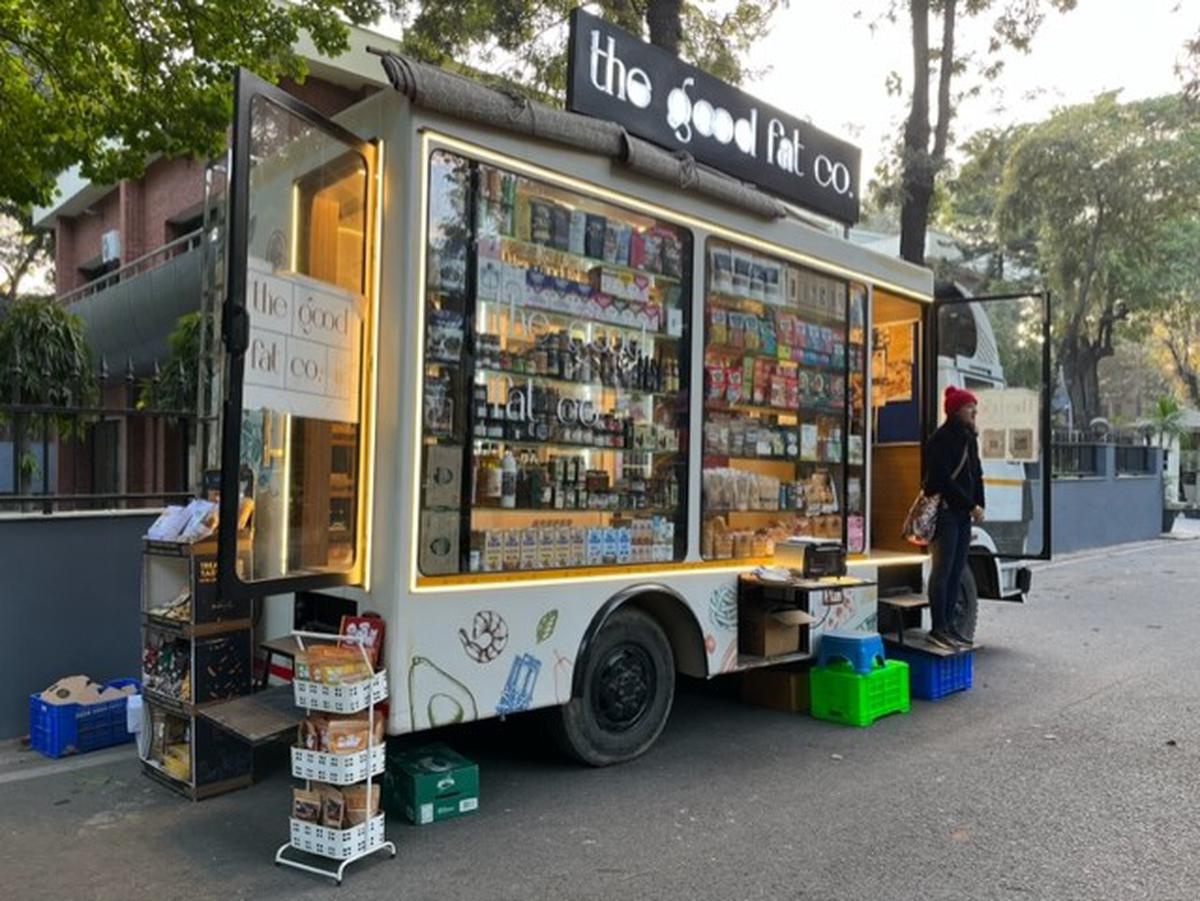
Charmaine O’Brien
| Photo Credit: Special Arrangement
Charmaine O’Brien has dedicated the past quarter-century to researching and writing about India’s diverse food culture. Her new book, Eating the Present, Tasting the Future: Exploring India Through Her Changing Food, published by Penguin India captures the evolving food scene in the country and documents how and why it is rapidly changing.
The book explores not just what’s on the menu but also the reasons why certain dishes are being served and the influences behind them. “Over the last 25 years, I have observed a rapid transformation in India’s culinary landscape, and it feels like I’m witnessing history in the making. My interest in food lies in understanding why people eat what they do,” said Charmaine in a recent interview with The Hindu.
India’s traditional cuisine is coexisting with a global food culture, as now you can walk into a café in Delhi, Mumbai, Bengaluru, or even tier-2 cities like Surat and the ambience and food there will make you feel like you’re in any major city in the world. This phenomenon is closely linked to the influence of the internet and technology, with people now posting their lifestyles online and copying what others around the world are eating, she explains.
Charmaine says India is currently experiencing a fascinating shift towards embracing global food trends, such as coffee, chocolate, cakes, wellness, and superfoods. Indians are not only adopting these trends but making them their own, and the result is delicious. “They are now selling Oreo, peri peri and nacho-flavoured khakras in Gujarat. India is truly carving out its own culinary identity and it’s something to behold,” she remarked.
The book delves into the darker side of this trend, as everyday Indian food is marketed with wellness and health labels, often at a premium price. She highlights how millet, once considered a poor people’s food, is nowpackaged and sold as a superfood at a higher price.
In her book, she tells a story from when she lived in Delhi in 2000, where she couldn’t find yoghurt ( dahi) in stores and realised she needs to go to a confectionery to buy it . “ Now yoghurt is sold in plastic containers everywhere, even flavoured ones, and while it’s convenient, I can’t help but wonder where all those containers go,” she says worrying about the rise in packaging waste due packaged and processed foods flooding the market.

Packaged vegetables in a supermarket
| Photo Credit:
Special Arrangement
She also talks about the street vendors selling fresh produce vs the online grocery delivery apps. “It’s a tradeoff between convenience and sustainability.”
The changing food landscape in India reflects a growing demand for ease and accessibility in food choices. The use of frozen vegetables and ready-made idli or dosa batter are just some examples of how Indians are embracing modern eating habits. However, Charmaine believes this shift towards convenience could also bring about broader social changes in the country such as freeing up time for women to pursue their dreams.

Mobile grocery store in Delhi
| Photo Credit:
Special Arrangement
The labour of cooking and meal preparation in India, particularly in traditional homes, falls on women. “As a result, they often can’t pursue other work or education opportunities,” she says.
With increased prosperity and exposure to global cultures, India’s drinking culture is also evolving. The rise of wine culture is a testament to this shift, as more Indians seek to enjoy alcoholic beverages with meals. It is a significant change from the old days when people would have drinks before dinner and then stop drinking once the meal was served.
But one aspect that the gastronome is especially sanguine about is India’s culinary potential. It’s an open secret that India boasts a mammoth gamut of regional cuisines, but this diversity is yet to receive the global attention it warrants. “ the food industry is always on the lookout for new and exciting flavours, and India has the potential to offer just that. The world has yet to wake up to the fact that India could be the source of the next big food trend, with its amazing range of textures, flavours, and recipes waiting to be discovered,” she says.
Charmaine feels India’s vegetarian cuisine is arguably the most sophisticated in the world. TikTok’s viral vegan recipes are proof of that, with Indian dishes like aloo tikki and chana masala leading the pack. Charmaine sees enormous potential for innovative plant-based cuisine in India, and it’s clear that the rest of the world is taking note.
Stay connected with us on social media platform for instant update click here to join our Twitter, & Facebook
We are now on Telegram. Click here to join our channel (@TechiUpdate) and stay updated with the latest Technology headlines.
For all the latest Life Style News Click Here
For the latest news and updates, follow us on Google News.
